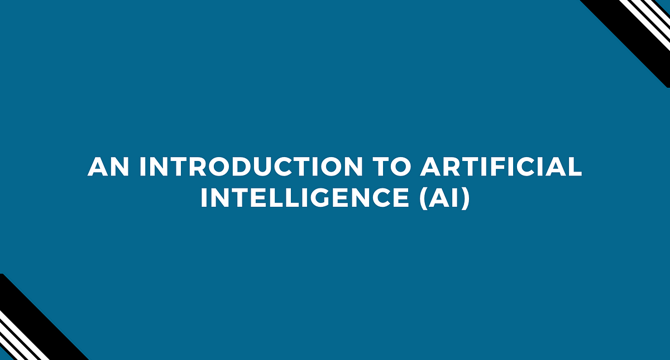Medium
2M
202

Image Credit: Medium
Artificial intelligence (AI) refers to computer systems or machines designed to simulate human-like…
- The history of AI can be traced back to the early 1900s, from its birth to its current state.
- The success of AI today is attributed to advanced technologies, powerful processors, improved algorithms, and large datasets.
- There are two main types of AI: Narrow AI (specialized in specific tasks) and AGI (theoretical human-level intelligence).
- AI operates by simulating human intelligence through algorithms, data, and computational power.
- Key components of AI include data, algorithms, neural networks, training, and inference.
- Machine Learning (ML) enables systems to learn autonomously from data without explicit programming.
- Neural Networks (NN) in AI are inspired by the human brain and process information through weighted connections.
- Natural Language Processing (NLP) focuses on enabling machines to understand and communicate in human language.
- NLP uses computational linguistics, machine learning, and deep learning models to process human language.
- Machine Learning, Neural Networks, and NLP come together in real-world applications like virtual assistants.
Read Full Article
12 Likes
For uninterrupted reading, download the app